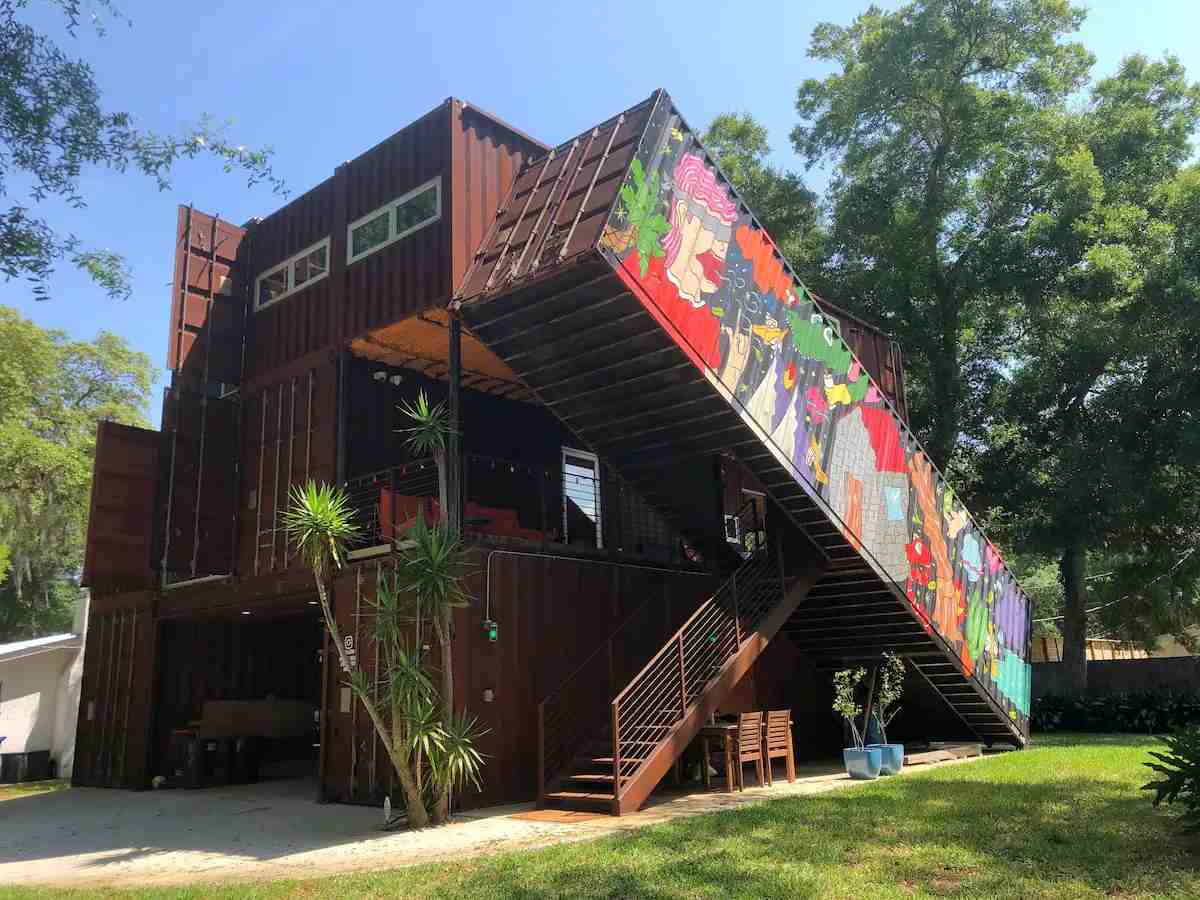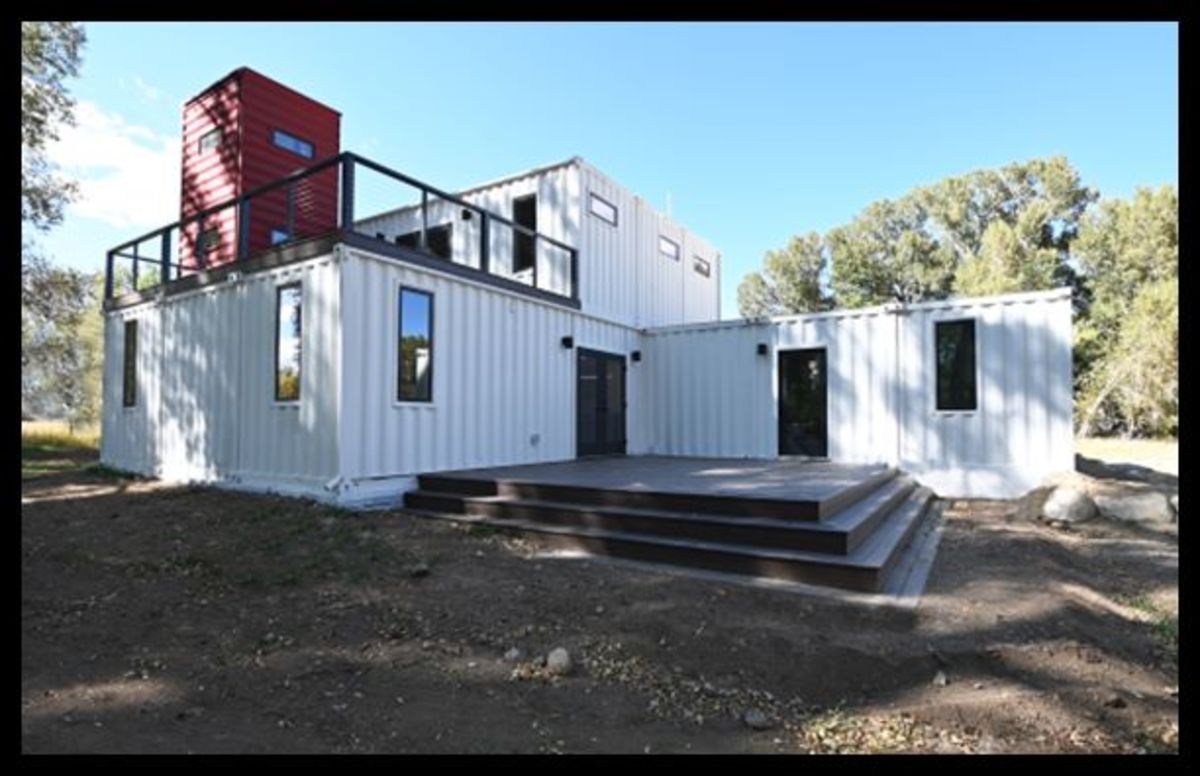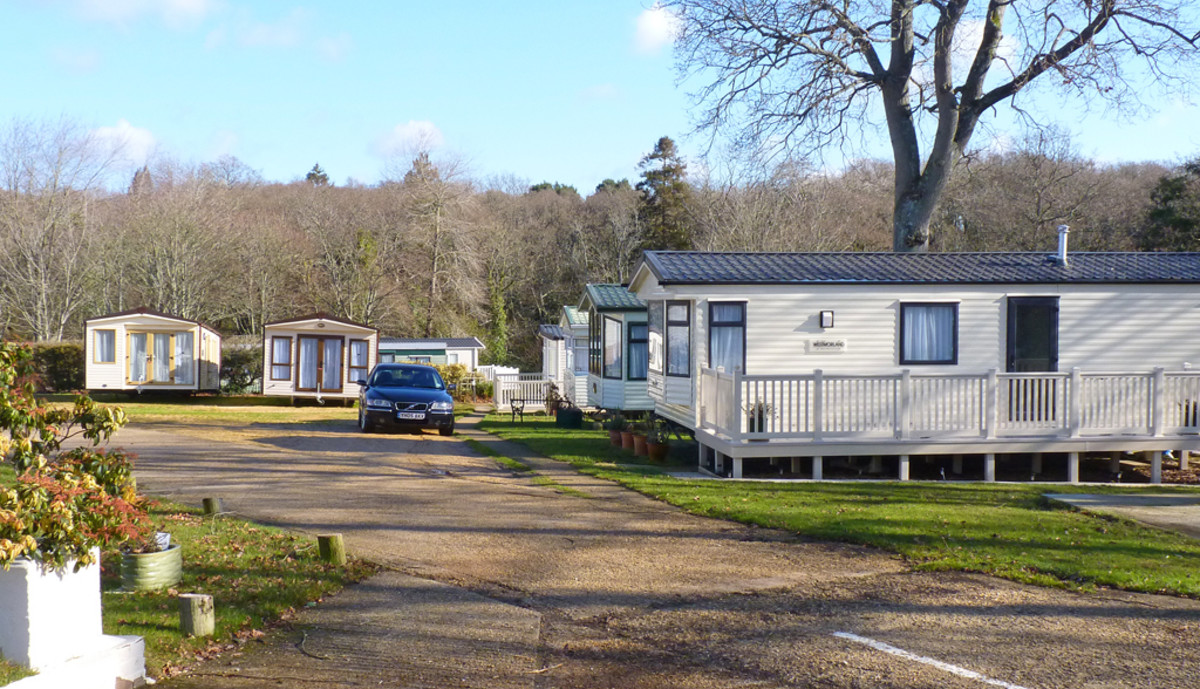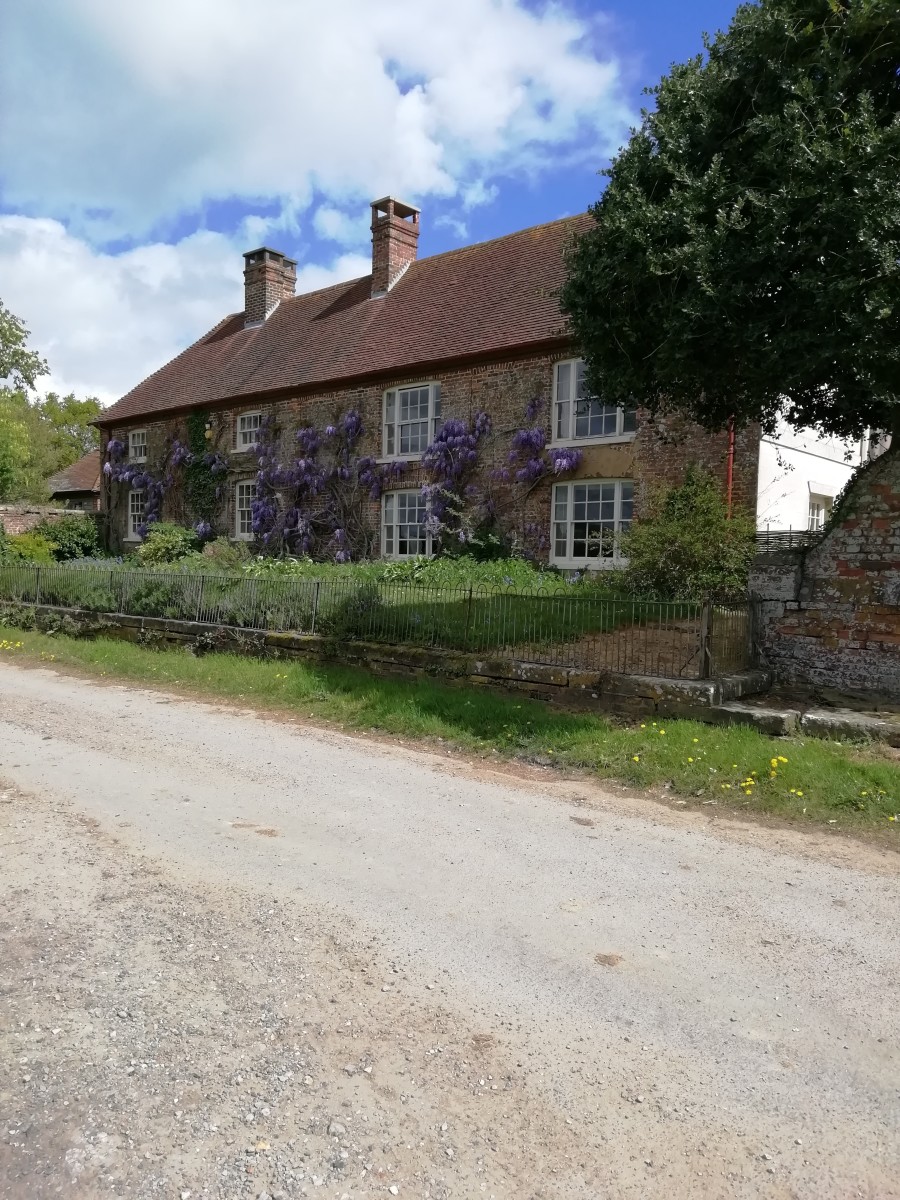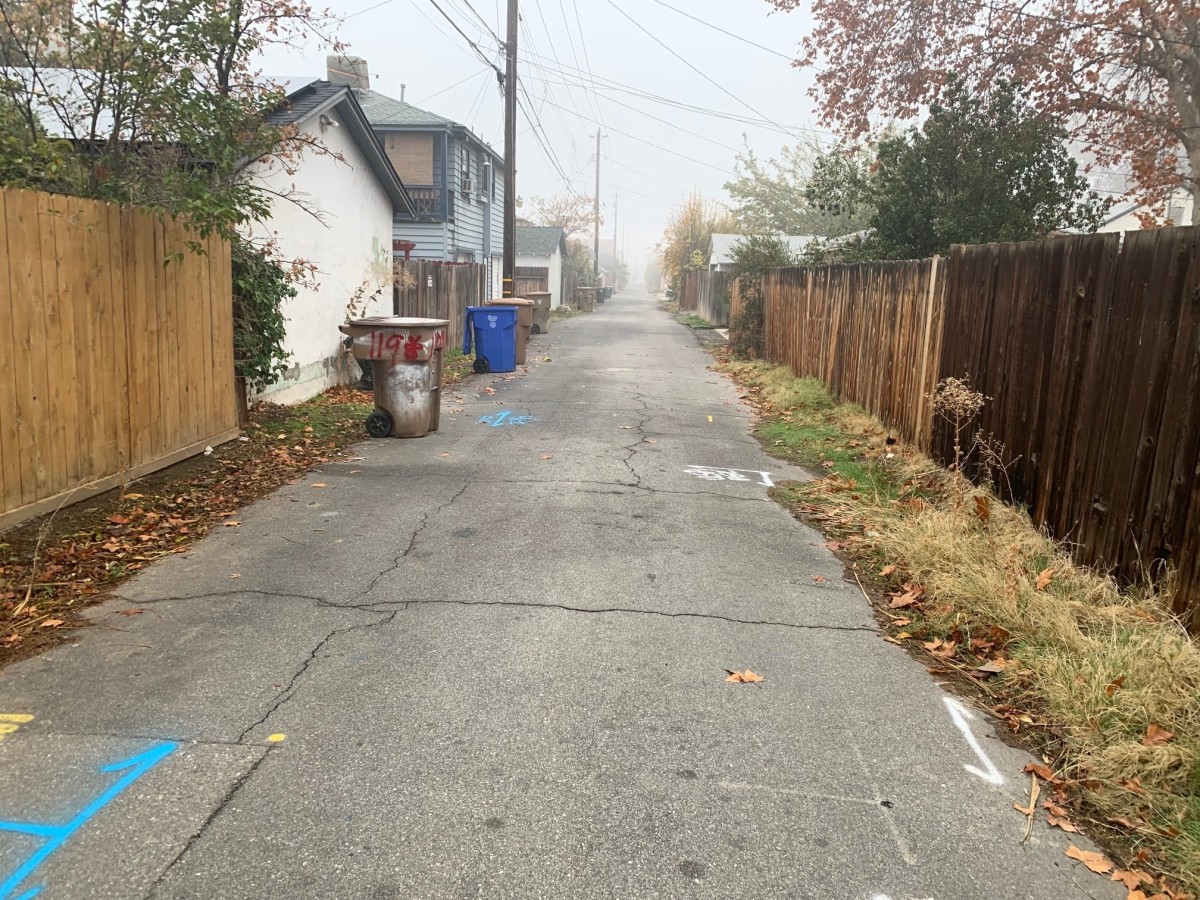Living in an Historic Home
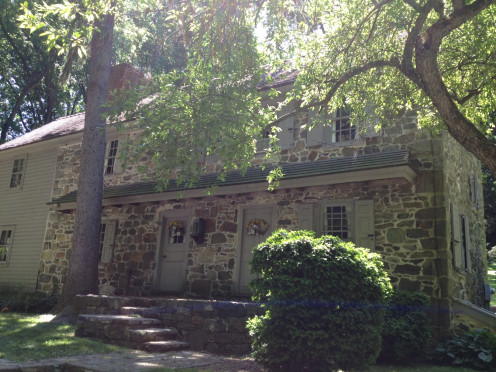
Historic homes can be lovely, but they aren't for everyone.
Living in an historic home can be like living inside the pages of a history book. It can be fun if you like winding staircases and hidden doors, and it can give you a better understanding of the history of the area. But it can also be frustrating when you hit your head on a low doorway for the millionth time. If you are thinking about living in an historic home, here are some things to consider.
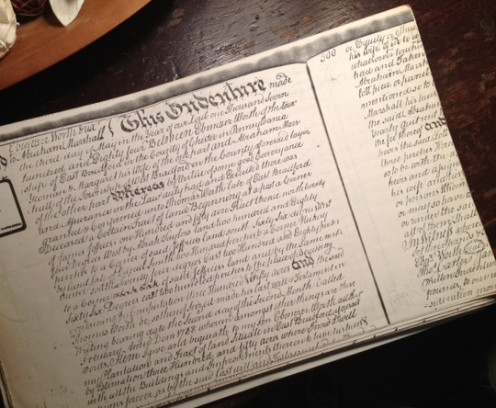
History of the house
Finding out when and how an historical home was built will give you an idea of some of the potential challenges you'll face living there. Understanding the historical signficance of the property will help you to make important decisions about remodeling/restoring it.
Research
Start by researching the history of the area in which the house is located. Note any prominent historical events, figures or land-owners . In some cases you might be able to find information about the property just from the online search, especially if it was owned by someone who was famous or if it is located in an area of historical significance (for example, on or adjacent to a battlefield). In most cases, however, you’ll probably need to head to the courthouse or the county recorder's office in order to trace the deeds of sale and determine who the original owner was. Even with a fairly complete set of records you still may not find an actual construction date. A house that began as an outbuilding on a larger property may not have any records until the property was split and the house was sold. However, you may be able to find some additional information via tax records. Taxes can also give you some insight into the size and style of the home during its early years. For example, in colonial times homes were often taxed on things like windows – the more windows, the higher the tax.
Clues to an historic home's past
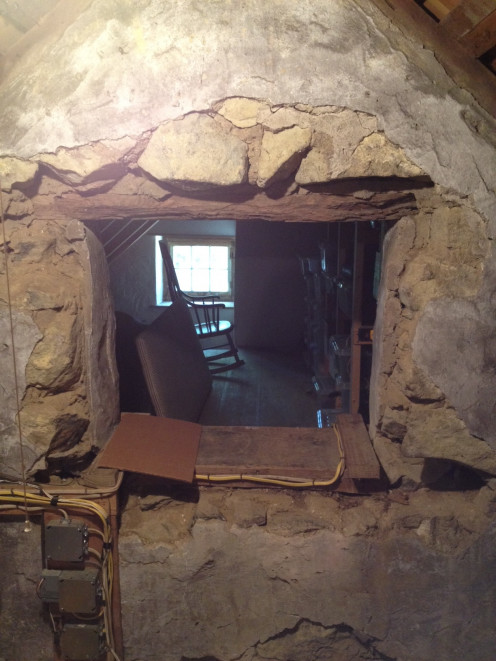
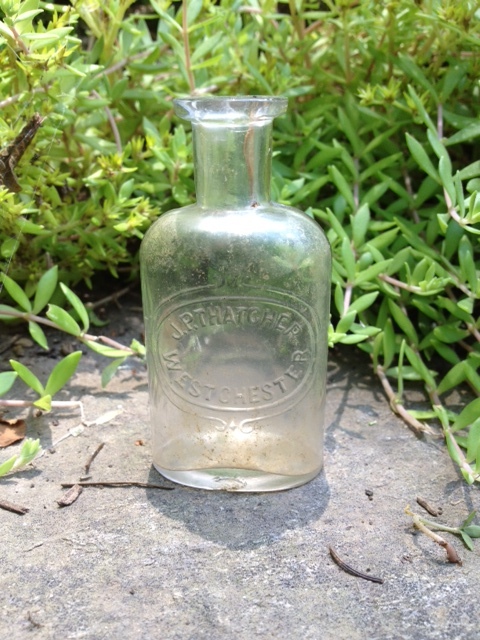
Clues from the house itself
You can learn quite a bit about an historical home simply by taking a close look at it. Familiarize yourself with the type of materials used to build it. Look for anomalies or oddities that could indicate that the house has been added onto, like outside doors that are right next to each other, or windows that look from one part of the house into another. You might even be able to detect subtle changes in the building materials or evidence of joins that mark the oldest parts of the home from the newer additions.
Clues from the property
Walk the property and look very closely for evidence of barns, outbuildings and other structures. The buildings themselves may no longer be standing, but the foundations are likely still there. They may be covered with dirt or overgrown and difficult to see initially. Allow your eye to “skim” the area and look for “hills” or “bumps” that seem out of place with the rest of the terrain. You might need to get out a shovel or trowel and do some careful digging to reveal what is underneath. Digging might also reveal artifacts like old bottles or farm tools that can give you a glimpse into what life was like for the former tenants of your home.
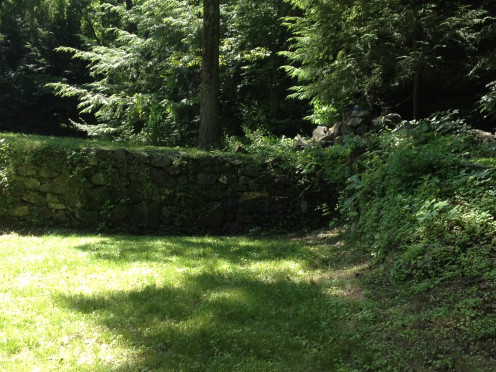
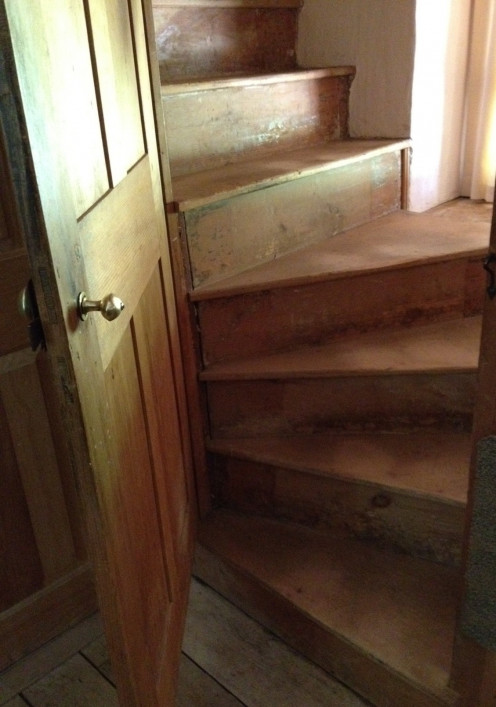
National Register of Historic Places
State
| # of Properties Registered
|
|---|---|
Pennsylvania
| 3,257
|
New York
| 5,400
|
Massachusetts
| 4,000
|
Florida
| 1,600
|
California
| 2,533
|
Connecticut
| 1,500
|
Charming or Perilous?
Pros and Cons
Historic homes can have a delightful charm all their own – beautiful old brick or fieldstone exteriors, cozy corners, quaint rooms, and large attics. The property may have barns, sheds, or spring houses as well as mature trees and landscaping. At the same time, however, living in an historic home comes with a certain number of challenges. Old homes often have old wiring, old plumbing fixtures, or an awkward layout (like bedrooms that open into each other). Some have high ceilings that make the rooms difficult to heat or cool. Others have low ceilings that feel claustrophobic and force you to duck to get through the doorways.
Restoration
Living in an historic home automatically makes you a caretaker of a piece of the past. As a result, extra consideration should be given to the best way to preserve the history while at the same time making the home a safe and comfortable place to live. Removing and replacing old plumbing or electrical systems can be complex, not to mention expensive. The way the home was constructed may prevent you from being able to add certain amenities. Additionally, the possibility of lead paint, asbestos or other hazardous materials could require that special care be taken during the remodeling process. Unless you have experience in handling such projects, it is recommended that you consult a contractor that specializes in restoration work.
Additional Information on Historic Homes in the US
Other considerations
Could the home be haunted?
While there are claims of hauntings in some historic homes, there are also many others for which no such claims are made. It has been suggested that a home takes on the personalities of the people who have lived there. However, these people were usually hard-working family folk who loved and cared for the property. Ultimately you have to spend time in a home and make your own assessment about how it feels to you. Remember that old houses tend to have noisy heating systems, rattling pipes and creaking floorboards. After you’ve gotten to know the house better these noises will become familiar to you and will become part of the normal background noise.
Is historic home ownership for you?
To successfully live in an historic home you need to be able to love its charms and be willing to put up with its flaws. You need to accept that restoration projects will take longer and cost more, depending on what needs to be done. Most of all, you need to love history and appreciate the special responsibility that comes with caring for a piece of it.


